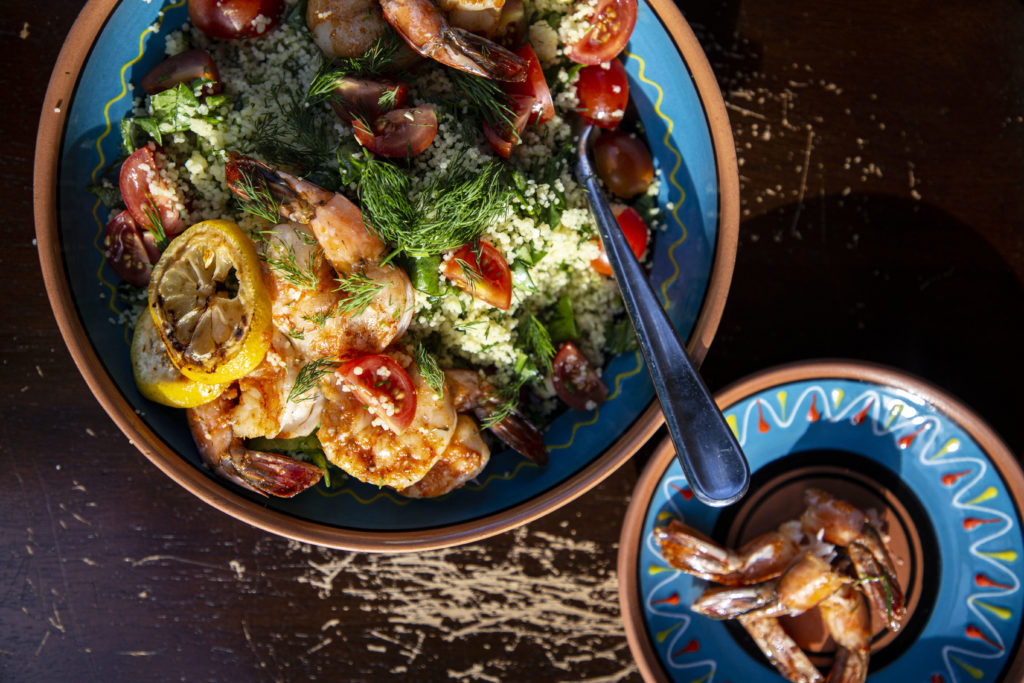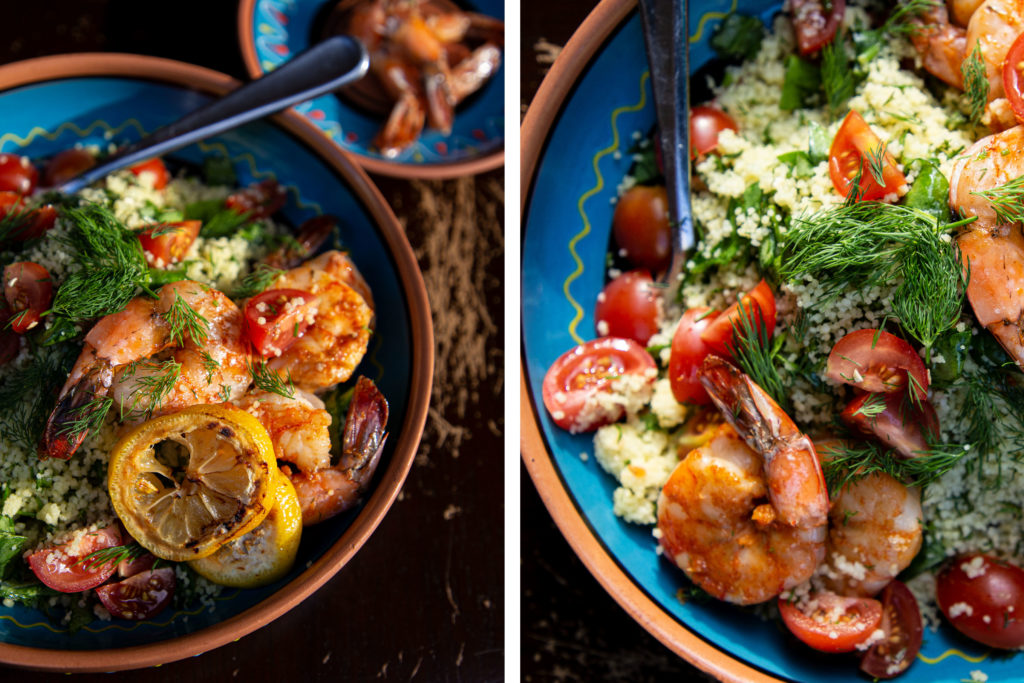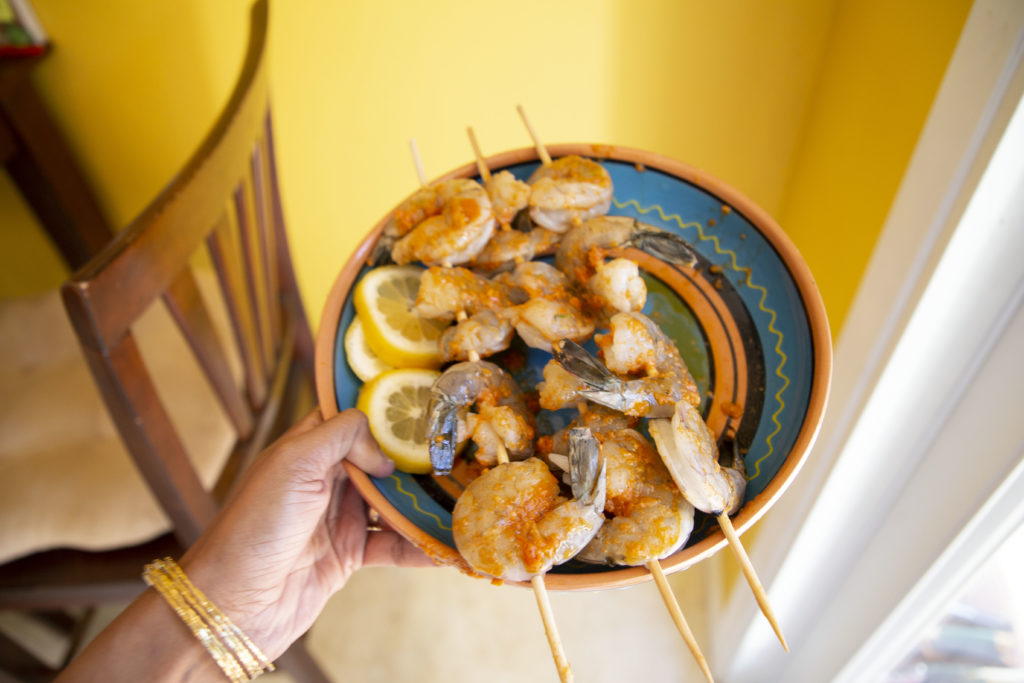
When I first started cooking for myself, I relied on the knowledge passed down to me by my great-great food blog search that I serendipitously stumbled upon on the internet. I was in America and I was bowled over how fast I was taken from a keyed in search word to a website, which wasn’t very fast at all. Compared to dial-up and Goa internet though it was a lightning bolt. (Strange how I take these things for granted in 2019)
I learnt about al dente pasta and minimal green pepper usage, crisp vegetables, salads that *crrrrrunch*, cayenne pepper, store-bought puff pastry and mild stews that could only be finished with a fistful of cheddar cheese on top. What a life! Once I started associating cooking with these styles that were nothing like what I ate growing up, that was it. I was like “I will not call this luscious, soupy hug in a bowl ‘pasta’ because I cooked it for 12 minutes instead of 7.” I also wanted my green beans to snap when I bit into them, quite unlike the fragrant, fine-cut, fresh coconut laced stew that I preferred soggy and happily rolled in a chapati just a few years earlier.
In my mind, the classic ways of cooking that permeated the popular food blogs I read at the time was the right way and every other style of cooking in Asia (except Japan….I get it but not really) was not trendy enough. During all that time I spent internalising what I read, I missed home. From time to time, I would look through the kitchen cupboards and add whatever Indian ingredients I could to the recipes I was making. Just a little whiff of toasting cumin, frying onions or a sneeze brought about by chilli powder hitting the oil, made me feel like this was how I needed to be cooking. Their lure was unmistakable.
I get a good laugh thinking about the me of those days. I could have spent so much time writing down family recipes and asking my parents how they made things. Instead, I was copying the Pioneer Woman. That’s not to say I didn’t learn anything. I got a peek into the items available in American grocery stores from blogs like theirs. I also learnt how to write recipes and take photographs.
These days (or years), I’m unlearning everything. If Americans are using ghee as moisturizer then what the hell, I’m throwing my hat in the ring. I want to do everything the fastest way, the way that demands the least dish-doing time (which I learnt recently is very low-waste of me). I will ignore the pot on the stove a little past when I should because I like my kormas that way. Also, I like veg kormas. Please forgive me. I am not going to feel ashamed that I prefer my cabbage to be “fall of the bone” instead of crunchy in coleslaw, when curry powder is still a thing. I have had that jar since 2010. Help.
It feels good to cook however the heck I want and grow my culinary repertoire in a direction that makes sense for the way I want to eat these days. No trends, once in a while I get the desire to make something elaborate but most of all, I just want to be content not content.
Grilled chilli-garlic prawns with lemon-dill couscous

A lot of this recipe (like any!) is about sampling to get an idea of what tastes good to you. Our palates won’t be the same and I’m going to let you embrace that. It’s such an easy recipe that you will be forgiven for almost anything.
Ingredients
For the couscous
- 1 cup water
- 1 tsp Kosher salt
- 1 cup coscous
- 1/2 packed cup fresh dill with stems, roughly chopped
- 1 1/2-2 packed cup(s) baby spinach, roughly chopped
- Juice of 1/2 lemon
- 1 tbsp white balsamic vinegar
- 2 tbsp. extra virgin olive oil
- Ground fresh pepper
- 10 cherry tomatoes, quartered
Bring a small pot of salted water to a boil. Once the water has boiled, take it off the heat and pour in the couscous. Cover the pot and let it sit to hydrate for 10 minutes. Fluff it with a fork and put it into a serving bowl or bowl-like plate.
Add the chopped dill and spinach to the couscous and toss it all together.
Now comes the fun part where you get to improvise. Squeeze the lemon juice on the couscous and toss it, allowing the lemon juice to spread its magic into the mix. Taste a little bit – it should have some tang, yes? Okay. Add the balsamic vinegar and olive oil to the couscous and give it another few stirs to mix. Now it should have a good balance of sweet-acidic taste (from the vinegar) and the tang from the lemon. The olive oil should add a glossy texture a.k.a fat, to the bowl along with its fruity, peppery taste. Taste it all together. If you’re happy with the balance, great. If you want more sourness, add more lemon. The balsamic vinegar will add more of a sweet taste, if that’s what you want. Make sure to balance it all out with more olive oil at the end.
Add the cherry tomatoes and their juices on top of the dressed and ready to impress green couscous. Crack some fresh pepper on top and season with more salt, if needed.
Couscous can be made a day ahead and stored in the refrigerator.
(If you want to gain more experience blending a vinaigrette like this, do it in a small bowl and add ingredients in increments of a tbsp. at a time from the measurements I’ve written above.)
For the prawns
- 2 large garlic cloves
- 1-2 Thai chilli, sliced into rounds (deseeded if you want a milder heat)
- 1 tsp Kosher salt
- 1 tsp paprika
- 1/2 tsp ground cumin
- Juice of 1/2 lemon
- 3 tbsp. extra virgin olive oil
- 12 prawns, shelled, deveined with tail attached
- 3 large wooden skewers, soaked in water for 30 minutes (if grilling)
Add the garlic, chilli and salt to a mortar and pestle and pound it to a rough paste (some larger pieces are still okay at this point). Sprinkle in the paprika, cumin and continue grinding it until smooth. Squeeze in the lemon juice and add in the olive oil. Mix it all together using the pestle.
Dip your pinky finger into the paste and taste it. If it needs more salt, add some. Lemon? Squeeze the lemon half with all that you got. If it’s really too much pepperiness for you, sprinkle 1/2 tsp of sugar. Although, it will balance out once cooked and also when eaten along with the couscous.
If grilling, heat the grill to medium-high heat.
Place the prawns in a bowl and pour the marinade over it. Use your hands to toss it well. Put 4 prawns on each skewer and place it on the hot grates, cooking for 2-3 minutes on one side and 2 on the other. The prawn body should feel tighter and the flesh should have a whitish-pink colour.
If cooking on a pan, lightly coat the bottom of the pan with olive oil and place it on medium-high heat. Once the oil looks like it’s shimmering, add the prawns to it, making sure you do not crowd the pan. If you do, they will steam instead of fry. Cook for 3 minutes on each side.
Once you’re done cooking the shrimp using your preferred method, serve it on top of the couscous. Top with more fresh dill leaves, lemon wedges and fresh ground pepper. Serve the shrimp warm on top of warmed, room temp or cold couscous.
Tip: If you have extra lemon, slice it in rounds and grill it or pan fry it with or after cooking the shrimp.

This has a lazy summer lunch vibe to it. I’m really into the laziness part so definitely going to try.
You’re the best Zarine. I am very motivated by not trying these days…new cooking movement. Let’s start it.